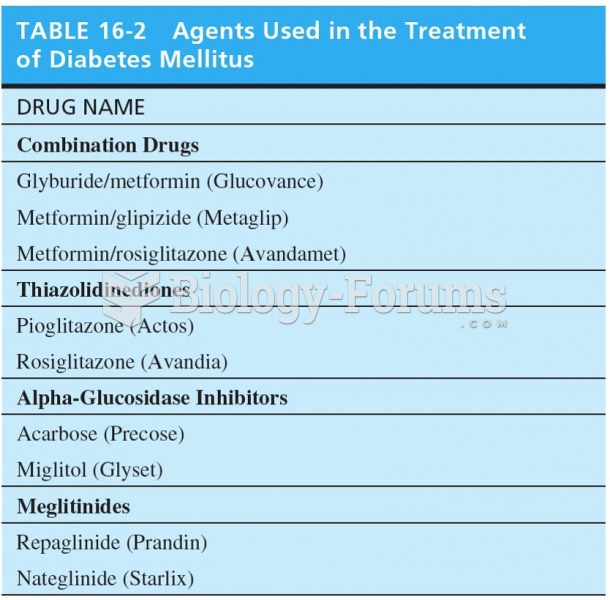Answer to Question 1
B
The patient's sexuality and romantic involvement with a transvestite person subject him to stigma, even from health care providers who, as professionals, should be self-aware enough to recognize and intercept such inappropriate and nontherapeutic responses. The patient's grief response, unusual from the cultural perspective of many persons, perhaps, also is stigmatizing and as a result is incorrectly attributed to a mental illness. There are no data to suggest that the patient is not in touch with reality; he is simply expressing his acute grief in a dramatic fashion (which may be a culturally-mediated response). The nurse may be anxious, unsure how to help the patient, or believe that medical nurses have less skill in managing emotional problems, but all nurses should be capable of helping patients with both emotional and physical health needs and should consult with other staff if they are not. This nurse's exclamation of Geez suggests that the primary issue underlying the response is countertransference related to stigma.
Answer to Question 2
C
All survivors, both family and peers, are at higher risk of suicide after their loss. Grief, guilt, despair, and modeling all contribute to this risk, as does the isolation that can sometimes follow because of the shame, discomfort, and stigma often associated with suicide. Although consciousness and preventive efforts (e.g., screenings) may increase following a suicide, the overall risk among surviving family members and peers is significantly increased nonetheless. The grief and other factors underlying this increased risk usually lasts for many months or even years, so the risk does not resolve in the weeks after the death. Regular contact to provide support and observe for indicators of risk should be continued for at least a year following the death and for even longer periods around the loved one's birthday, family events, holidays and the anniversary of the loss, or if the risk has continued or independent risk factors exist. Most survivors feel isolated when their loved one is not mentioned. They usually want their loved one to be remembered, and talking about the loss helps reduce the hurt, stigma, and isolation.







